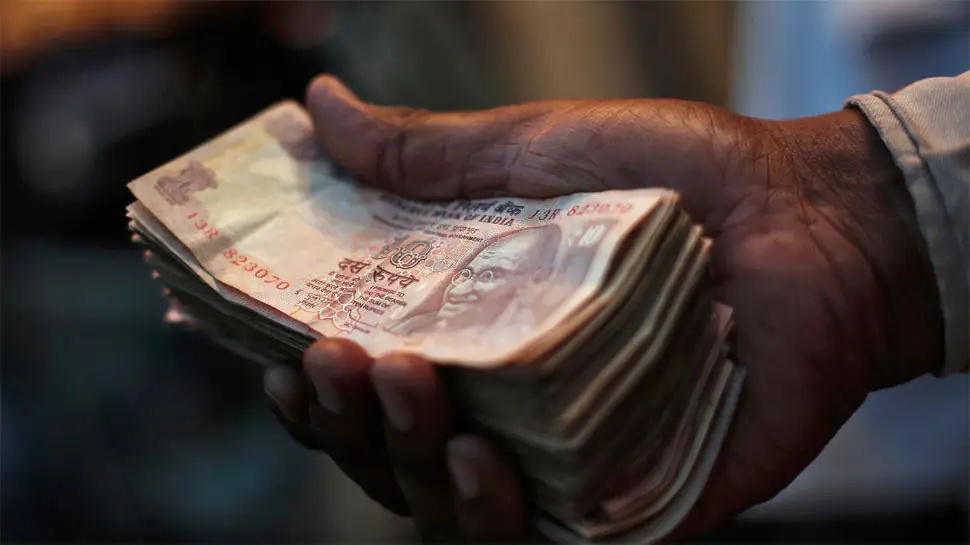
Final DA Hike Under 7th Pay Commission: 4% Increase Expected in 2025
The last Dearness Allowance (DA) hike under the 7th Pay Commission is projected to reach 59% in 2025, following a 4% increase, ahead of the 8th Pay Commission’s implementation in 2026. This hike, slated for the July-December 2025 period, will mark the final adjustment under the existing pay structure, which has governed government salaries since 2015. The announcement comes as the Labour Bureau releases updated All-India Consumer Price Index for Industrial Workers (AICPI-IW) data, which serves as the benchmark for determining DA and Dearness Relief (DR) increases. The 2025 hike is anticipated to be the last under the 7th Pay Commission, with the government transitioning to the 8th Pay Commission framework in January 2026. Analysts suggest the 4% increase will align with inflation trends, ensuring government employees and pensioners receive adequate compensation for rising living costs. The calculation of this hike is based on the AICPI-IW figures for May 2025, which show a 0.5-point rise to 144.0, reflecting a 2.93% year-on-year inflation rate. This data underscores the government’s commitment to maintaining purchasing power amid economic fluctuations.
AICPI-IW Trends Signal Potential DA Hike: 58.08% Projection
The Labour Bureau’s latest AICPI-IW data reveals a consistent upward trend in inflation, with the index rising from 143.0 in March 2025 to 144.0 in May 2025. This progression, combined with the 2.93% annual inflation rate, has prompted estimates that the final DA hike under the 7th Pay Commission could reach 58.08% for the July-December 2025 period. Media reports suggest the 4% increase will push the DA from its current 55% to 59%, ensuring a significant pay raise for central government employees. However, the exact figure depends on the June 2025 AICPI-IW data, which will be released shortly. The 7th Pay Commission’s DA calculation methodology, which links allowances to inflation rates, has been a cornerstone of salary adjustments for over a decade. This final hike is expected to be the most substantial under the 7th Pay Commission, reflecting the cumulative impact of inflation over the past few years. The transition to the 8th Pay Commission in 2026 will introduce new parameters, potentially altering future DA calculations.
Historical DA Hikes and Current Salary Implications
The DA hike for the Jan-June 2025 period, which reached 55%, was a significant increase from the previous 53%. This 2% adjustment translated to an additional Rs 360 per month for employees, with an annual impact of Rs 4,320. The 7th Pay Commission’s DA calculation framework, which adjusts allowances twice a year in March and September, has been instrumental in aligning salaries with inflation. The final 2025 hike will build on this legacy, ensuring government employees receive fair compensation for rising costs. The AICPI-IW data, which tracks retail prices across 317 markets nationwide, provides the critical benchmark for these adjustments. While the 4% increase is expected to be the last under the 7th Pay Commission, it will set the stage for the 8th Pay Commission’s new criteria, which may introduce more complex formulas for determining allowances. This transition highlights the government’s ongoing efforts to balance fiscal responsibility with employee welfare.
Government’s Approach to Inflation and Salary Adjustments
The Union Cabinet’s decision to announce the 2025 DA hike in March 2025 demonstrated the government’s proactive approach to managing inflationary pressures. By linking DA increases to the AICPI-IW, the administration ensures that salary adjustments reflect real-time economic conditions. The 2025 hike, which follows a 2.93% inflation rate, is part of a broader strategy to maintain the purchasing power of government employees. This approach has been crucial in addressing the challenges posed by rising living costs, particularly for pensioners who rely on fixed incomes. The transition to the 8th Pay Commission in 2026 will likely introduce more granular adjustments, potentially incorporating additional economic indicators beyond the AICPI-IW. This shift underscores the government’s commitment to adapting its salary frameworks to evolving economic landscapes while ensuring equitable compensation for public sector workers.
Implications for Government Employees and Future Adjustments
The final DA hike under the 7th Pay Commission will have far-reaching implications for central government employees and pensioners, providing a much-needed boost to their income amid rising inflation. The 4% increase, while significant, is part of a larger trend of salary adjustments that have been essential in maintaining employee satisfaction and productivity. As the government prepares to implement the 8th Pay Commission in 2026, it will need to balance the need for fair compensation with fiscal constraints. The transition will likely involve more detailed calculations, potentially incorporating additional economic metrics to refine salary adjustments. This evolution highlights the dynamic nature of public sector compensation frameworks, which must continually adapt to ensure they remain effective in addressing the challenges of a changing economy. For government employees, the 2025 DA hike represents the culmination of years of adjustments aimed at preserving their standard of living.



